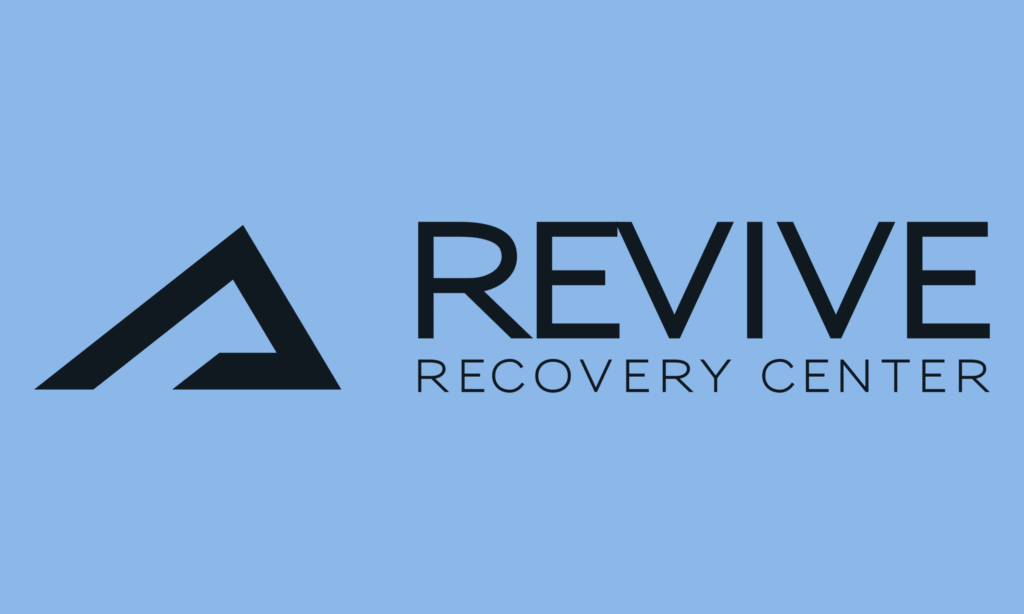By Sarah Jenkins, MC, LPC When I was a child, the Wicked Witch of the West terrified me. Her green complexion, haunting expression, and persecutory finger pointed at Dorothy and...
By Sarah Jenkins, MC, LPC
When I was a child, the Wicked Witch of the West terrified me. Her green complexion, haunting expression, and persecutory finger pointed at Dorothy and her friends. I would cower behind a pillow as she slithered into the center of my television screen, her cackle echoing in my ears as a taunting reminder that I shouldn’t watch The Wizard of Oz. The Wicked Witch of the West — she always got to me.
Until, one day, she just didn’t. I grew up.
I could look at her image without terror. In fact, I could appreciate my younger self’s fears, and know that they were appropriate at the time, but not anymore.
Funny enough, what did become somewhat disturbing about The Wizard of Oz actually changed when I became an adult. Not because it was frightening, or scary, but rather that the realness of it would become ever present in my work my work with trauma survivors.
One of the most poignant moments is when Dorothy and her friends find themselves standing in front of the ever-powerful wizard, with his thunderous voice and intimidating presence.
That is, until Toto pulls back the curtain.
A cacophony of sounds, levers, and mechanical functions echo in their ears, as they witness a mere man standing there, bellowing “Pay no attention to that man behind the curtain!” through his mechanical contraption.
And so they are faced with the truth, what’s real. For what stands before them, behind the curtain, is a mere mortal like themselves, a vulnerable soul who conceals himself behind his curtain of illusion.
I see this every day in my practice, working with complex trauma. The curtain I ask clients to pull back has a certain sound and feel to it. It has the energy of what might be mistakenly perceived as “avoidance” or “resistance.” But for me, these words are not supportive, for they do not avail themselves to what is actually happening. The seemingly impenetrable curtain my clients conceal themselves behind is an unconscious dissociative pattern, one that has truly materialized over many, many years.
And, unlike my fear of the Wicked Witch of the West that I eventually just grew up and out of as an adult, this dissociative curtain doesn’t grow up, it actually continues to do its job exactly as it was supposed to when it was first created. It doesn’t grow up, even though the adult has chronologically. The curtain still “handles” the traumatic material that stands behind it and the truth that may be too painful to bear looking at. The truth that it did happen, and was painful.
- “I don’t want to think about it.”
- “I don’t want to feel that.”
- “I don’t think that really impacted my life that much.”
- “I can’t stand it.”
- “It’s not that big of a deal, really.”
Yes, You Do Work With Complex Trauma and Dissociation
Really, that is dissociation, and perhaps surprises you. Here’s why, the fact is most clients, and even therapists seek me out for consultation, tend to think of the word dissociation, and automatically assume it means either Dissociative Identity Disorder, once known as Multiple Personality Disorder. “I’m not like Sybil.” “I don’t have Multiple Personality Disorder.” Or, in the case of those I consult for, “Well, I don’t have any clients with DID.” Or, “I don’t work with dissociation.” “I don’t have clients who dissociate.” “I don’t work with complex trauma.”
Therein lies the problem
Therapists, even experienced trauma therapists, may only think of dissociation along the more complex end of the continuum or in contrast, just don’t think of it at all. They might assume dissociation is not an issue, or it does not exist in their clients. Yes, dissociation can include feeling out of your body, watching yourself from the other side of the room. Yes, dissociation can even show up as Dissociative Identify Disorder, but that’s not all. Contrary to popular opinion, dissociation is there; it is just doing its job very well and not easily seen.
To find it would mean to expose painful traumatic to the adult self who wants to get away from it.
The dissociative pattern, that curtain is the very thing that creates therapeutic impasses, is labeled as resistance, and creates a parallel process of frustration for the client and the therapist. “Well, this _____ we are working on, it won’t budge.” “We aren’t getting anywhere.” “We both feel stuck.”
Therapists meet me at various events, come to my consultation meetings, and discuss cases what they are “stuck” with. What I find is what they may label as “resistance” is instead the dissociation that stands between the client and what is really contributing to the client’s symptoms. So, in a parallel process, the therapist may not know that the dissociative pattern, the curtain, is in place. They just may not be hearing or seeing it.
You name it; whatever thought or action feels like it is a “block” is actually doing what it does because it ensured the client’s survival some time in the past. The curtain IS what keeps the adult self from exploring the traumatic material and its associated behaviors and feelings. Those experiences are and were too painful to look at, to know were real, to feel, to remember and be present with— just as it was back then when that dissociative pattern was established in the first place.
The Curtain’s Language
The dissociative curtain is often revealed in the language chosen to describe the reaction to the traumatic material. I see it all of the time. Those seeking to heal from trauma may say or express behaviorally “I don’t want to talk about it” or “its no big deal,” or “I feel numb” or “I just feel stuck in ______ feeling all of the time,” “I can’t think about it,” or “I can’t let it go.”
The actual truth about the curtain is these dissociative patterns, cognitive errors and defense driven behaviors were created to survive what occurred in the past. It HAD to not feel real. It HAD to be something to not think about. It HAD to be no big deal. It HAD to be my fault.
Though the curtain is in place, it does not mean the traumatic material really isn’t there, it means it is coming out “sideways.” The challenge is in day-to-day life, the defense driven traumatic material “pushes through.” Essentially, traumatic material doesn’t necessarily “know,” that the present is not the past. That traumatic material, those sensations, feelings, painful experiences, cognitive errors, behaviors from back then continue as parts of the self that “show up” now as the long list of “symptoms” and bring folks to therapy in the first place. The “adult” keeps tries to keep it at bay, and the pattern of dissociation expands because the traumatic material feels too overwhelming.
Meanwhile, the adult self becomes more fearful of the traumatic material. In response, the dissociative patterns must grow and grow stronger and stronger because the traumatic material becomes “too much” for the adult self to handle without dissociation. Thus, over time, if not explored and gradually, consciously, and mindfully, the defense driven parts of the self associated with the traumatic material become more invasive, driving the long list of symptoms. The curtain prevails, as do the symptoms. And, around and around we go.
EMDR Preparation
As an EMDR consultant, and an EMDR therapist for 14 + years, I can tell you this increased flooding and dissociative pattern, the ever increasing fear of the traumatic material by the adult self even occur with highly effective trauma therapies like EMDR. For, without addressing these dissociative patterns and parts of the self that hold the traumatic material, first, and as part of EMDR preparation, the client can becoming continually “stuck” in a flooded state with traumatic material both in and between sessions. The bottom line is — the dissociative curtain will unconsciously do its job and feel even more needed. And the pattern continues. The client gets more frustrated with why the symptoms don’t change, and the therapist feels more stuck about “why the EMDR is budging it.” The dissociative curtain gets stronger because the adult’s self’s fears of the material may increase as oppose to decrease.
It is truly possible to heal from trauma, even with this dissociative curtain in place. It is also possible to do so through the power of EMDR therapy. Nevertheless, it also means a deep layer of trauma preparation work beforehand. And, whether you are doing EMDR, or any other kind of trauma therapy work either as a client, or as a therapist, it is imperative that these dissociative curtains be explored before trauma processing. As all EMDR therapists know, it is necessary the client be able to process fragmented and maladaptively stored traumatic material. We must do so at a tolerable level, whereby the dissociative curtain does not have to repeatedly appear because the adult self is becoming ever more fearful of the traumatic material.
If you are a therapist overwhelmed with challenging cases, baffled by why a client destabilizes, or even feel “stuck” not knowing why a client’s trauma “just won’t move,” help is out there. In addition to the availability of consultation from me, you are invited to join two events that I am sponsoring; a comprehensive workshop and a practicum offered by Kathleen Martin, LCSW, an EMDRIA Approved Consultant and Trainer. Kathy specializes in working with complex trauma and dissociation in her private practice in Rochester, NY. “Mastering the Treatment of Complex Trauma: Transforming Theory into Practice” is available for all licensed clinicians to attend and The Power of EMDR: A Practicum for
Personal and Professional Development is open to EMDR therapists.
For more information visit dragonflyinternationaltherapy.com/training.html
Sarah Jenkins, MC, LPC is an EMDRIA/HAP Approved EMDR Consultant, Certified EMDR therapist, and Equine Assisted Therapist who specializes in treating complex trauma.
Sarah has conducted numerous workshops, presentations, and seminars for a variety of corporations and federally funded organizations. She provides consultation for therapists both nationally and internationally who seek to increase their confidence in working with complex trauma.
Sarah’s experience includes having served as a clinical supervisor for a grant funded EMDR trauma treatment program and as an adjunct faculty member for the University of Phoenix and Arizona State University. She is also the author of several thought provoking books on trauma recovery including “When Horses Hear the Unspeakable: A Guide To Trauma Informed Equine Therapy.” Information about Sarah’s practice can be found at www.dragonflyinternationaltherapy.com.



























